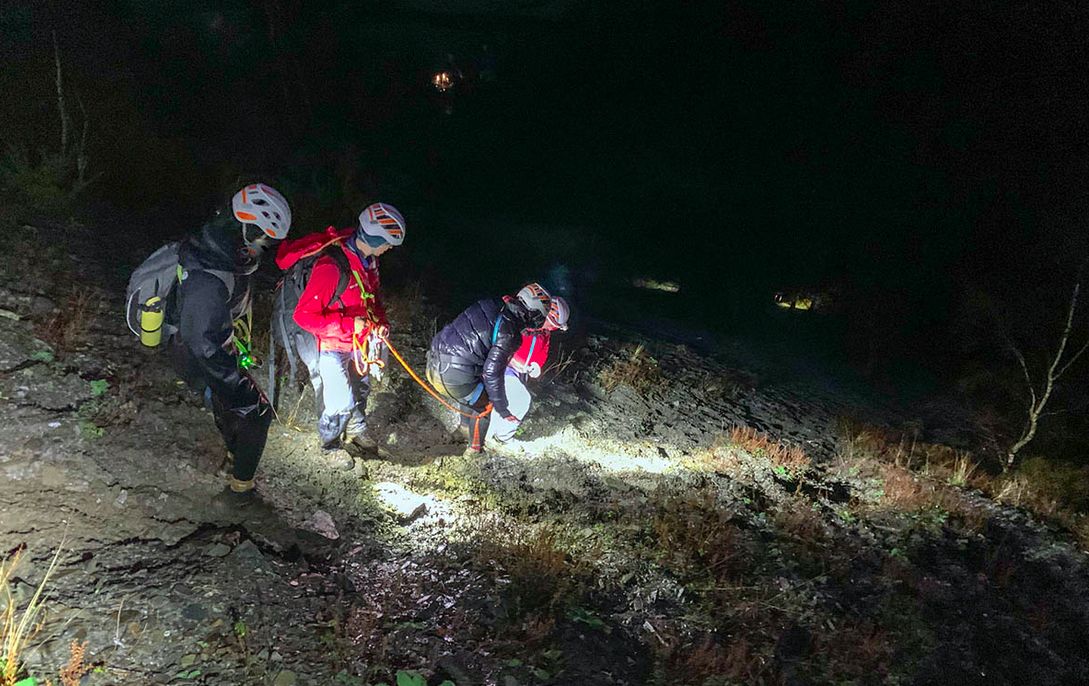
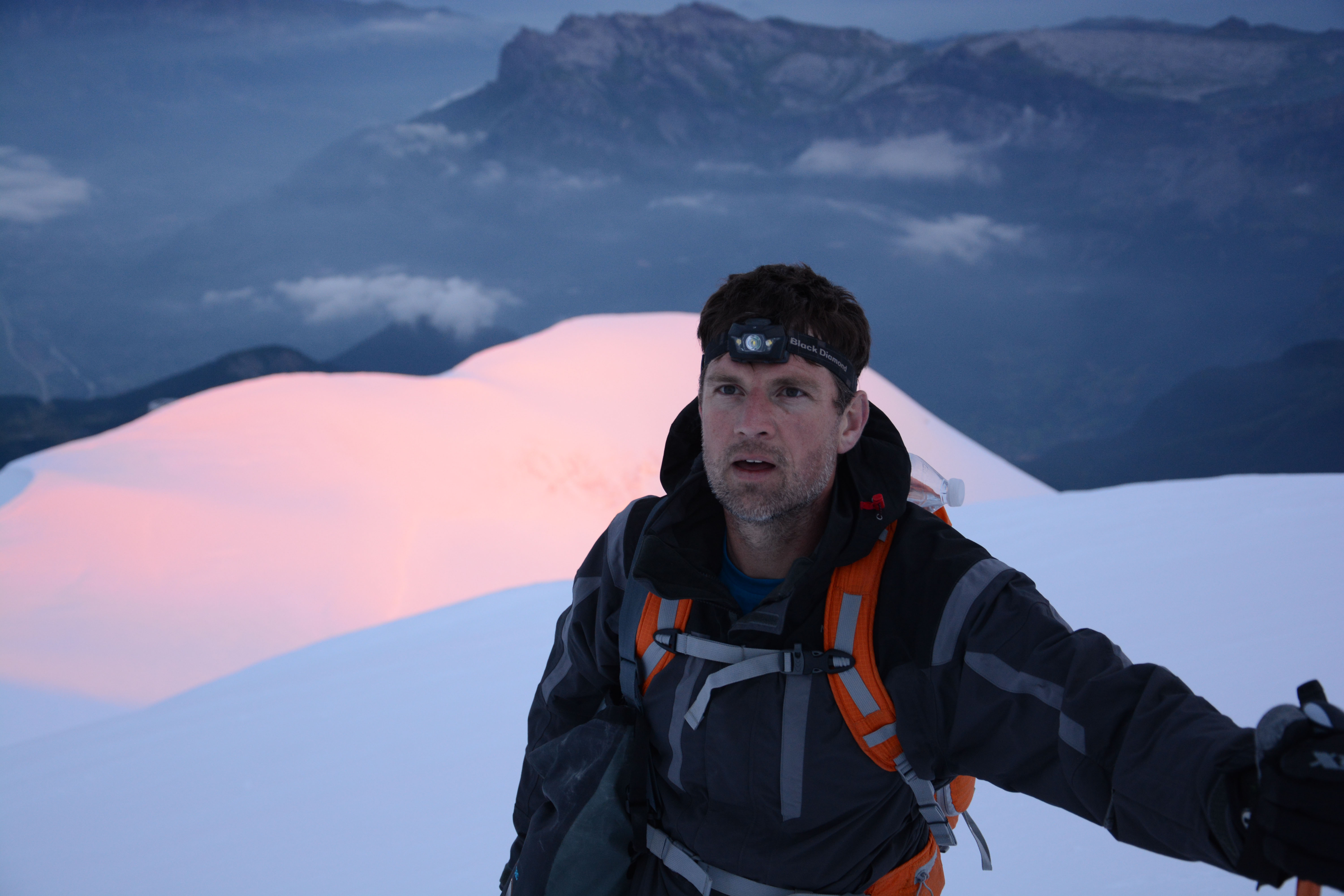
Three walkers and a dog had to be rescued after becoming stranded on a fellside in the Lake District this week, after following a route recommended made by the international hiking app AllTrails that led them to attempt a dangerous descent.
The trio of women and their dog had been walking a circular route to Lord's Seat when they became stuck on the precipitous flanks of Barf Fell near Bassenthwaite Lake, having opted to take a return route suggested by the popular app AllTrails, which sent them down a steep scree slope with no path. In rapidly diminishing light they very sensibly called for help by dialling 999, and were rescued by the Keswick Mountain Rescue Team.
Just a few days into the new year it was the team’s fourth call-out in 2023. "There is no path via this route - only a scramble of loose scree which also requires the walker to negotiate the rocky outcrop of Slape Crag,” the team leader told the BBC. "It's the scene of previous call-outs.”
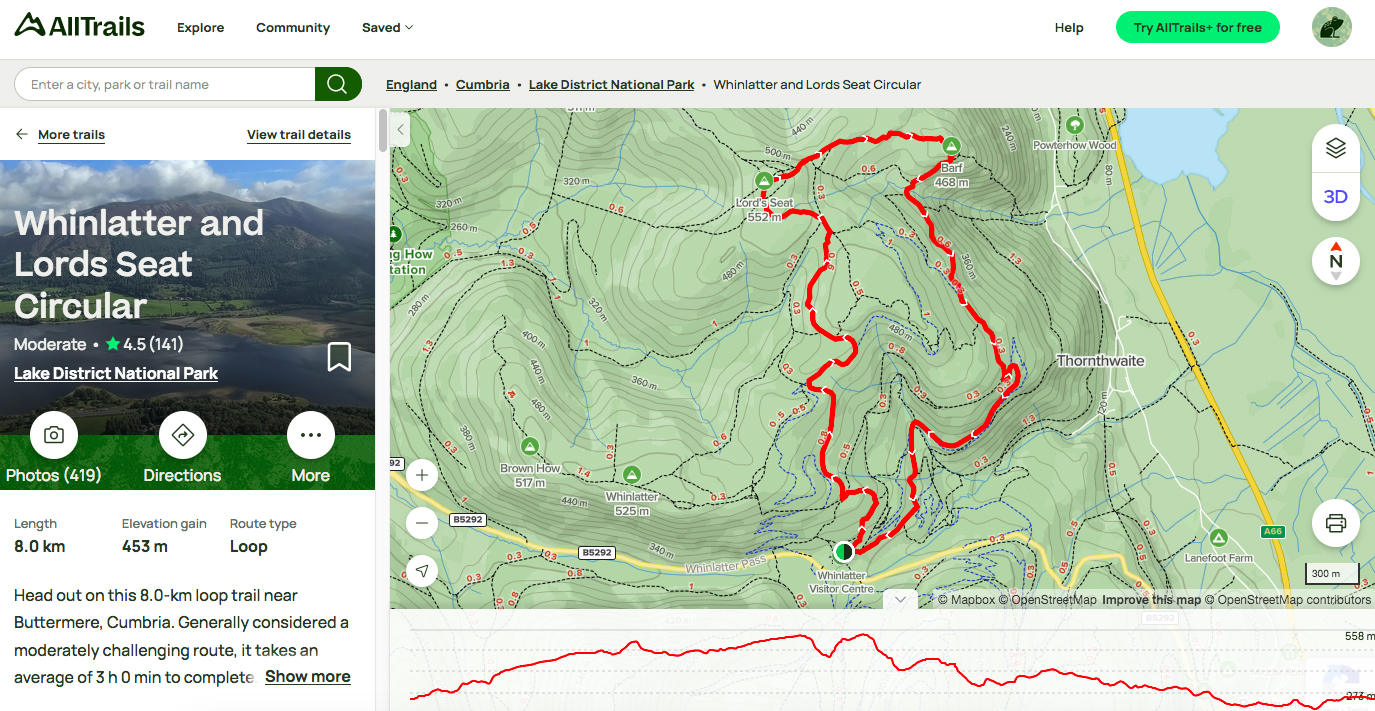
One of the circular routes to Lords Seat suggested on AllTrails (the route the women were following has now been amended)
AllTrails, a hiking app based in the United States, say they have made changes to their route recommendations in the area, and have sought advice from the Mountain Rescue Team to make their suggestions safer. A spokeswomen told the BBC that the company had reviewed the trail and updated the map, and insisted that: "Trail safety is of the utmost importance to AllTrails and we work directly with parks and land managers to ensure the public receives the best possible information.”
However, the incident underlines how important it is for walkers to plan ahead and use proper navigation techniques and equipment, and not rely entirely on information supplied by individual apps. This is especially important in the extra challenging conditions of winter, and in technical terrain and highland environments, where getting lost or making a mistake can have serious, or even fatal consequences.
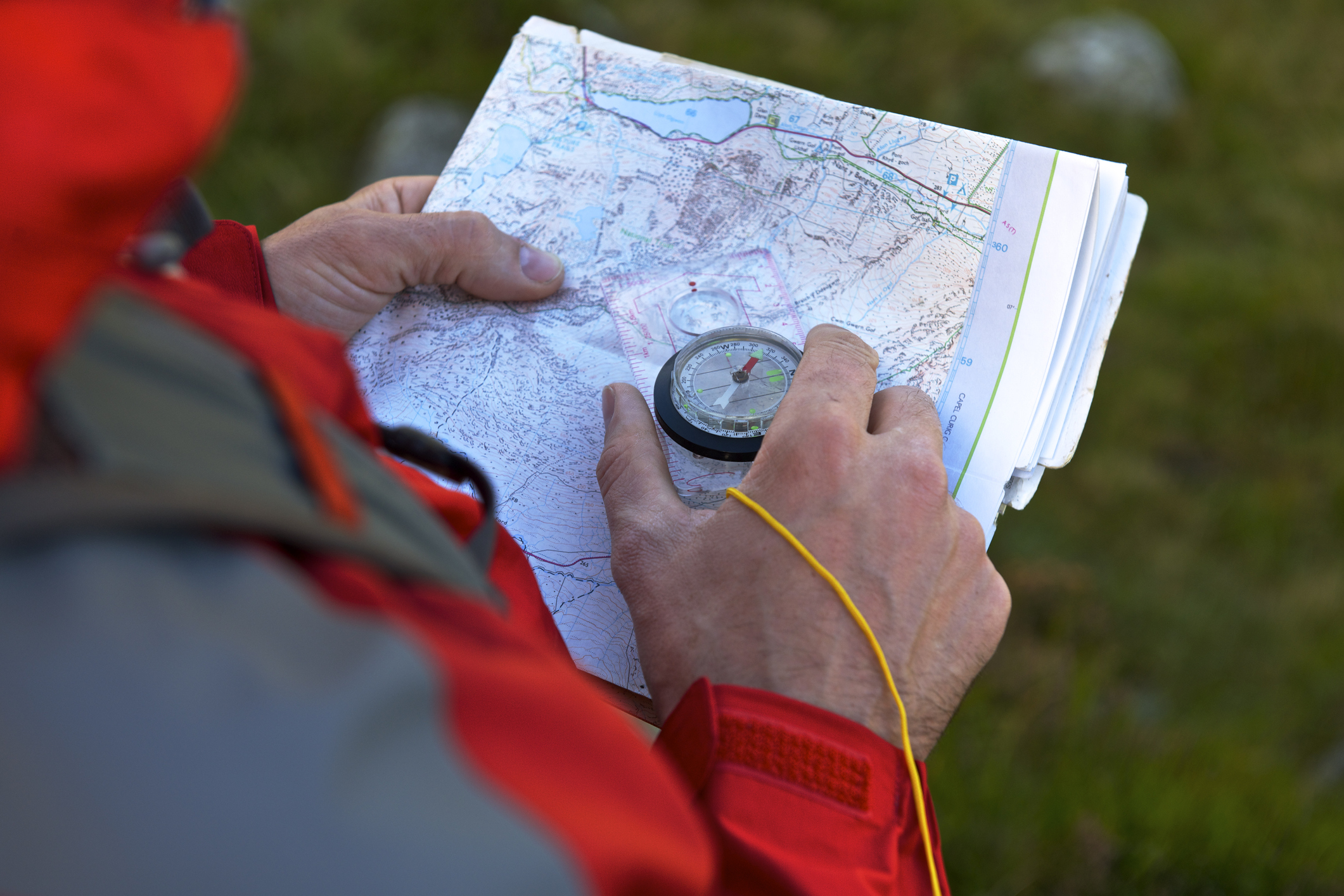
Walkers in Britain enjoy arguably the best mapping available to civilians in the world, with Ordnance Survey cartography covering the entire country in incredible detail. Carrying a sheet map for the area you are exploring is always recommended, along with a good compass, but there are also myriad digital devices and apps available that utalise OS maps, which can show you exactly where you are, as well as providing valuable details about the terrain around you, including the route of footpaths and bridleways, and contour lines that will reveal how steep the terrain is.
The OS mapping app can be used on all good smartphones, and this will give you the most up-to-date cartography, as well as revealing your current location. A good handheld GPS unit, kept updated, will also display this important information on a relatively large screen, and the best best outdoor watches and smartwatches also boast GPS capabilities and mapping functions these days.
Sign up to the T3 newsletter for smarter living straight to your inbox
Get all the latest news, reviews, deals and buying guides on gorgeous tech, home and active products from the T3 experts
At any time, but particularly in the most challenging situations, it’s best to use a sheet map in conjunction with a digital device to double check you’re heading in the direction you want to be walking in, or that you’re on the path you think you’re on.
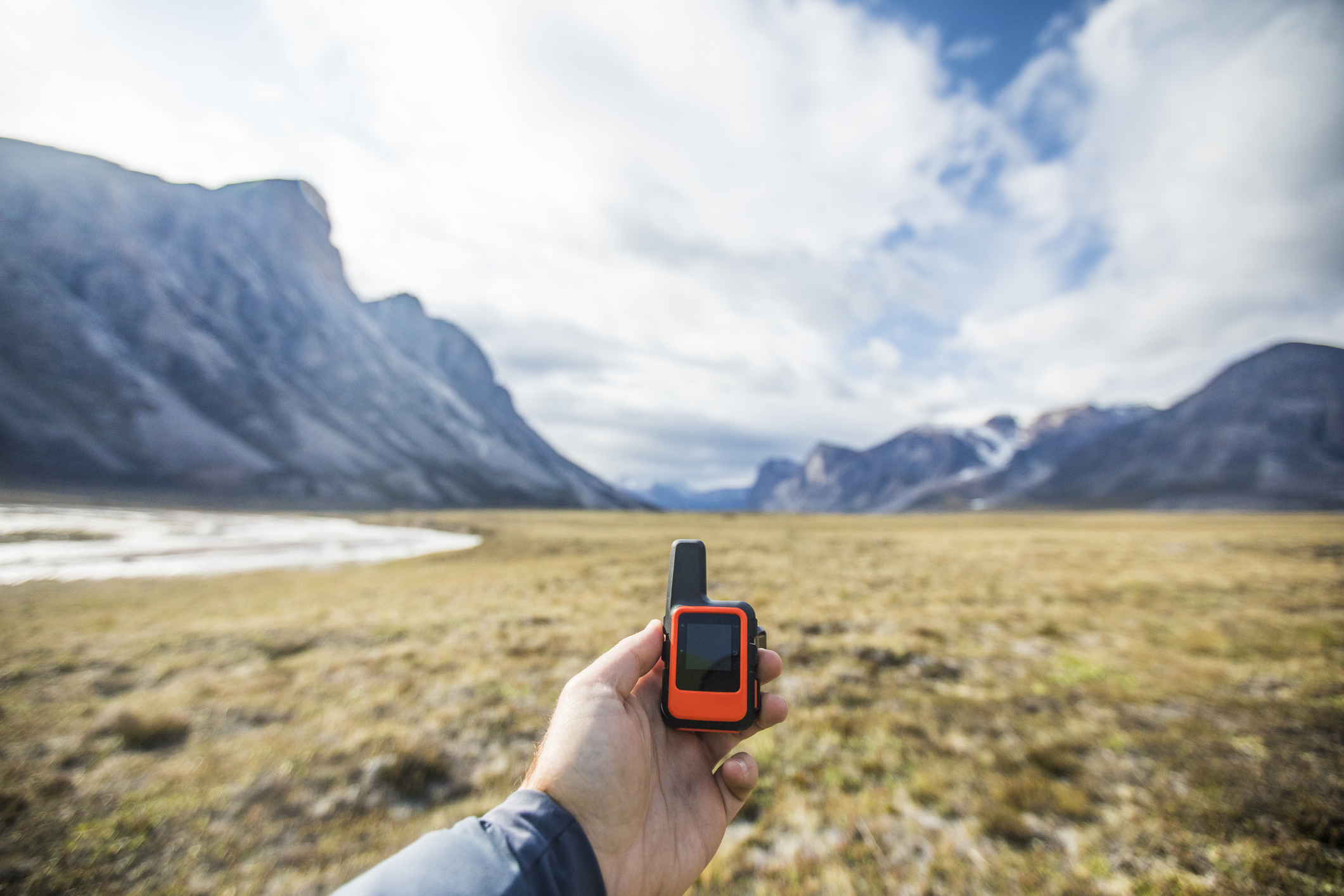
There are some really good hiking apps out there, but many are designed and updated by people based far from the location you’re exploring who don’t have an intimate knowledge of the local terrain, and they can feature unchecked and unmoderated information and routes uploaded by users who might be more confident (or blasé) about venturing off-piste than you are - or who might have done the walk described in perfect summer conditions, as opposed to in the wet, dark midst of winter.
When walking in winter conditions, especially in technical terrain or remote locations, it’s also well worth carrying a device such as the Garmin inReach Mini, which easily fits in the pocket of your walking trousers or backpack, and not only offers extra navigation capability, but can also be used to call for emergency assistance when it’s really needed, even when your phone doesn’t work.
Lastly, be sure to support the mountain rescue teams in the wild areas you visit – they're all volunteers, rely entirely on donations, and one day they might save your life, or the life of a loved one.

Author of Caving, Canyoning, Coasteering…, a recently released book about all kinds of outdoor adventures around Britain, Pat Kinsella has been writing about outdoor pursuits and adventure sports for two decades. In pursuit of stories he’s canoed Canada’s Yukon River, climbed Mont Blanc and Kilimanjaro, skied and mountain biked across the Norwegian Alps, run ultras across the roof of Mauritius and through the hills of the Himalayas, and set short-lived speed records for trail-running Australia’s highest peaks and New Zealand’s nine Great Walks. A former editor of several Australian magazines he’s a longtime contributor to publications including Sidetracked, Outdoor, National Geographic Traveller, Trail Running, The Great Outdoors, Outdoor Fitness and Adventure Travel, and a regular writer for Lonely Planet (for whom he compiled, edited and co-wrote the Atlas of Adventure, a guide to outdoor pursuits around the globe). He’s authored guides to exploring the coastline and countryside of Devon and Dorset, and recently wrote a book about pub walks. Follow Pat's adventures on Strava and instagram.
-
 Garmin’s on a mission to update your wrist into oblivion as 100+ tweaks land on Fenix and Enduro watches
Garmin’s on a mission to update your wrist into oblivion as 100+ tweaks land on Fenix and Enduro watchesThe latest beta update looks comprehensive
By Matt Kollat Published
-
 5 reasons you should be excited about the brand new Samsung Bespoke AI Jet Ultra
5 reasons you should be excited about the brand new Samsung Bespoke AI Jet UltraNot sure if it’s obvious... but I can't wait to try it
By Lizzie Wilmot Published
-
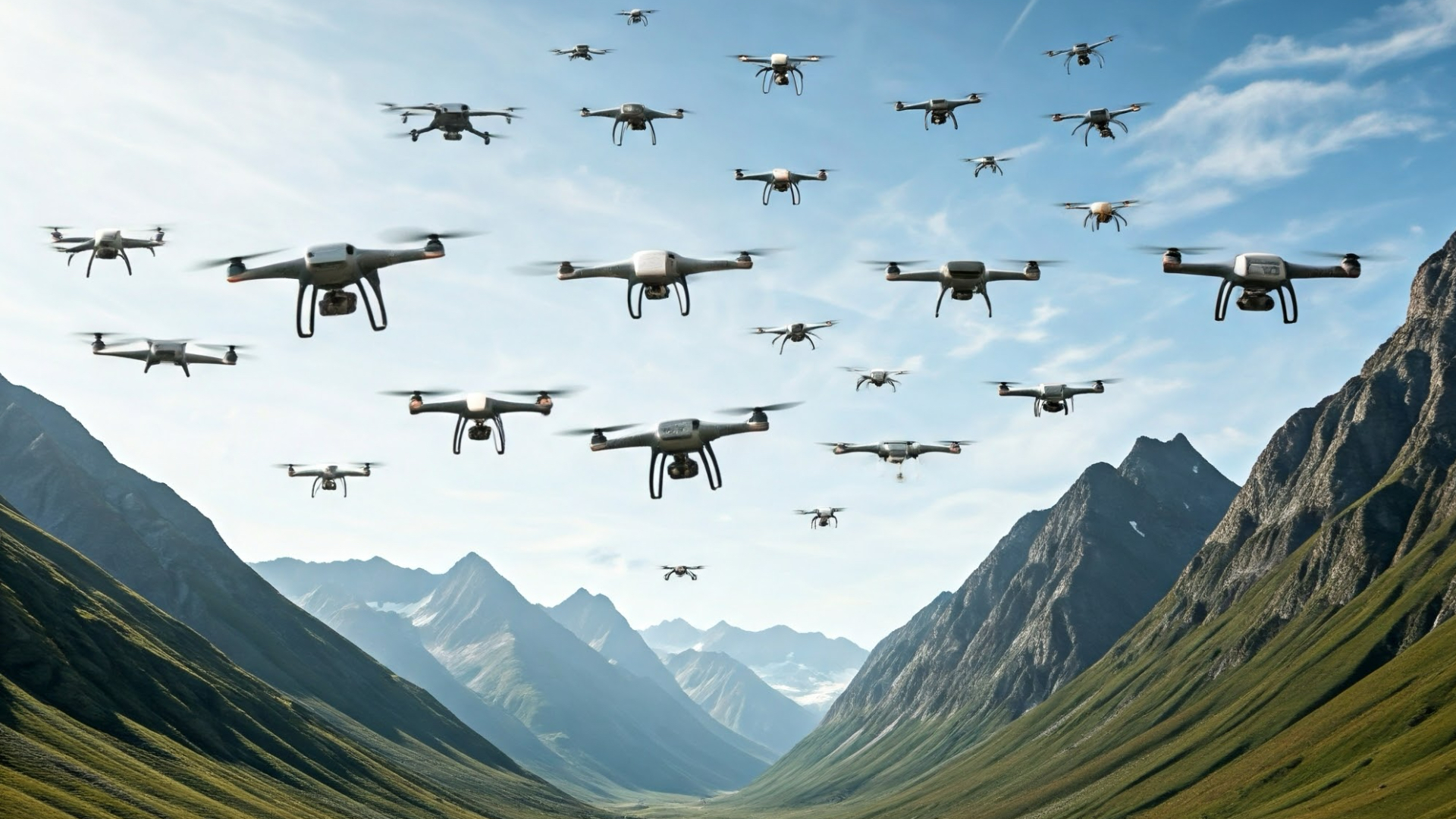 5 drone innovations I’d like to see in 2025 and beyond
5 drone innovations I’d like to see in 2025 and beyondLet's have more colour, longer flight times, modular cameras, drones that float and swarm technology
By Derek Adams Published
-
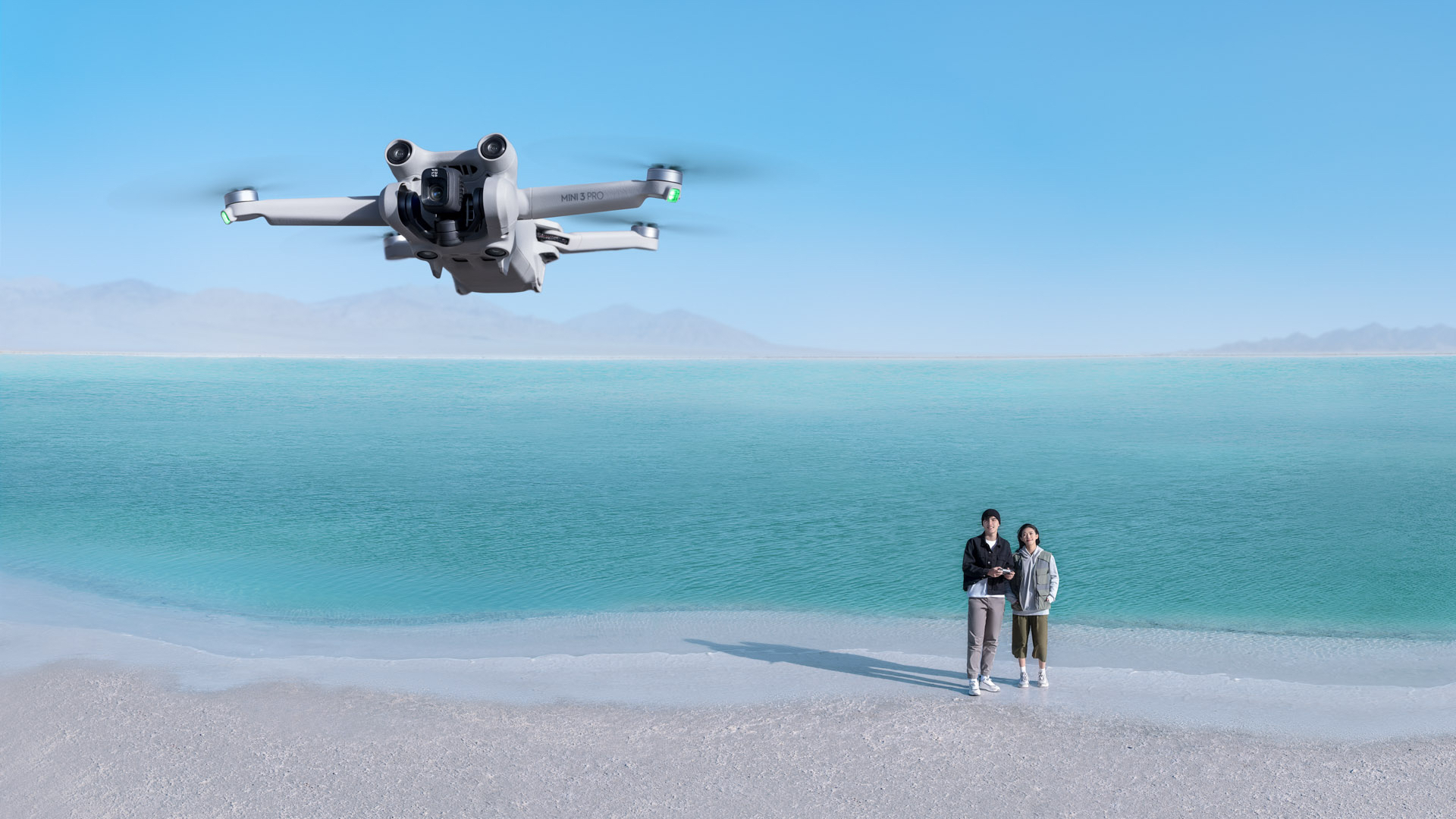 5 hidden DJI features every drone pilot should know about
5 hidden DJI features every drone pilot should know aboutA quintet of handy tips to get the most out of your DJI Mini
By Derek Adams Published
-
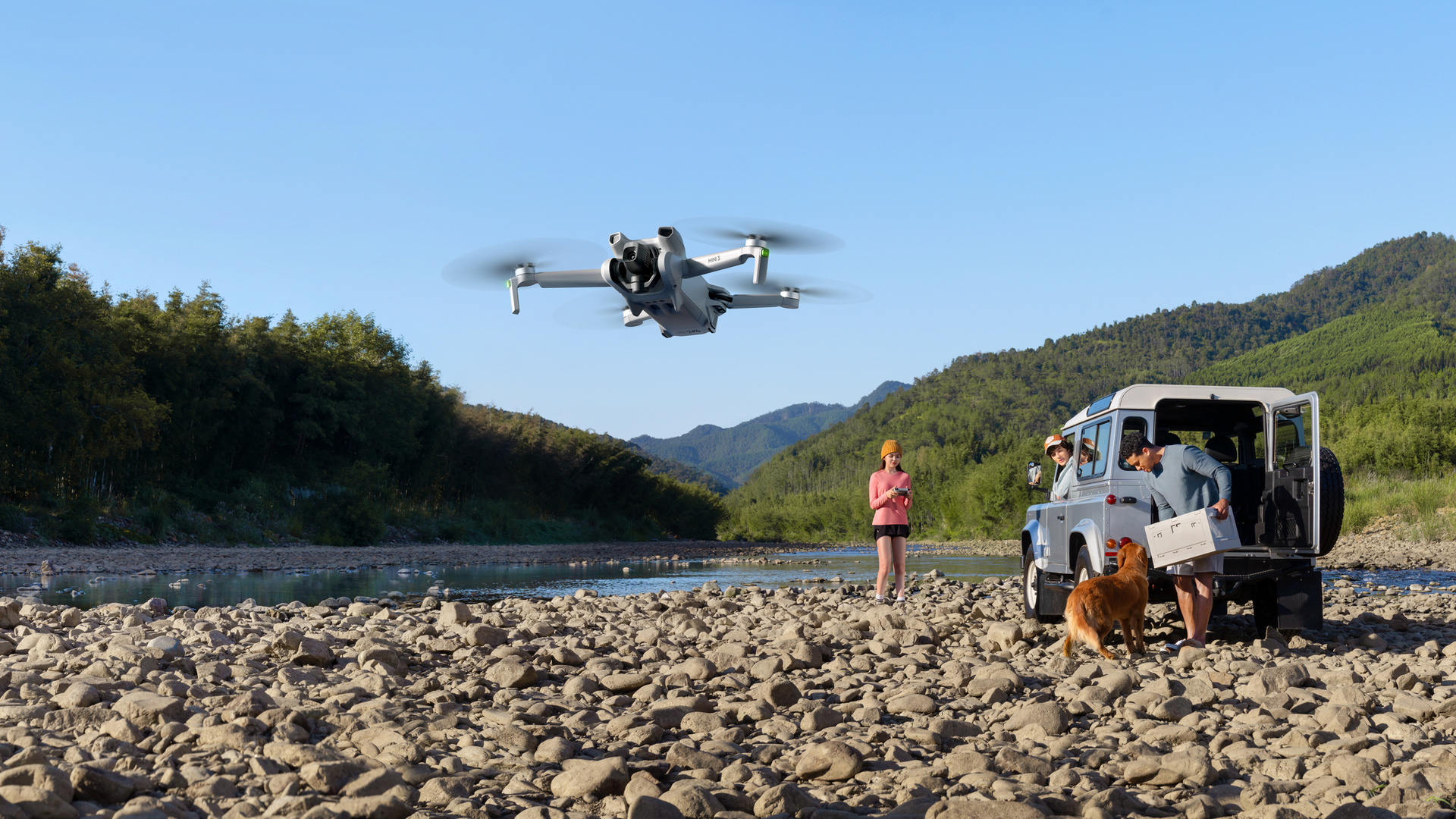 I'm a drone expert and these are my 10 top flying tips for beginners
I'm a drone expert and these are my 10 top flying tips for beginnersEverything you need to know to make flying your drone safer and therefore more enjoyable
By Derek Adams Published
-
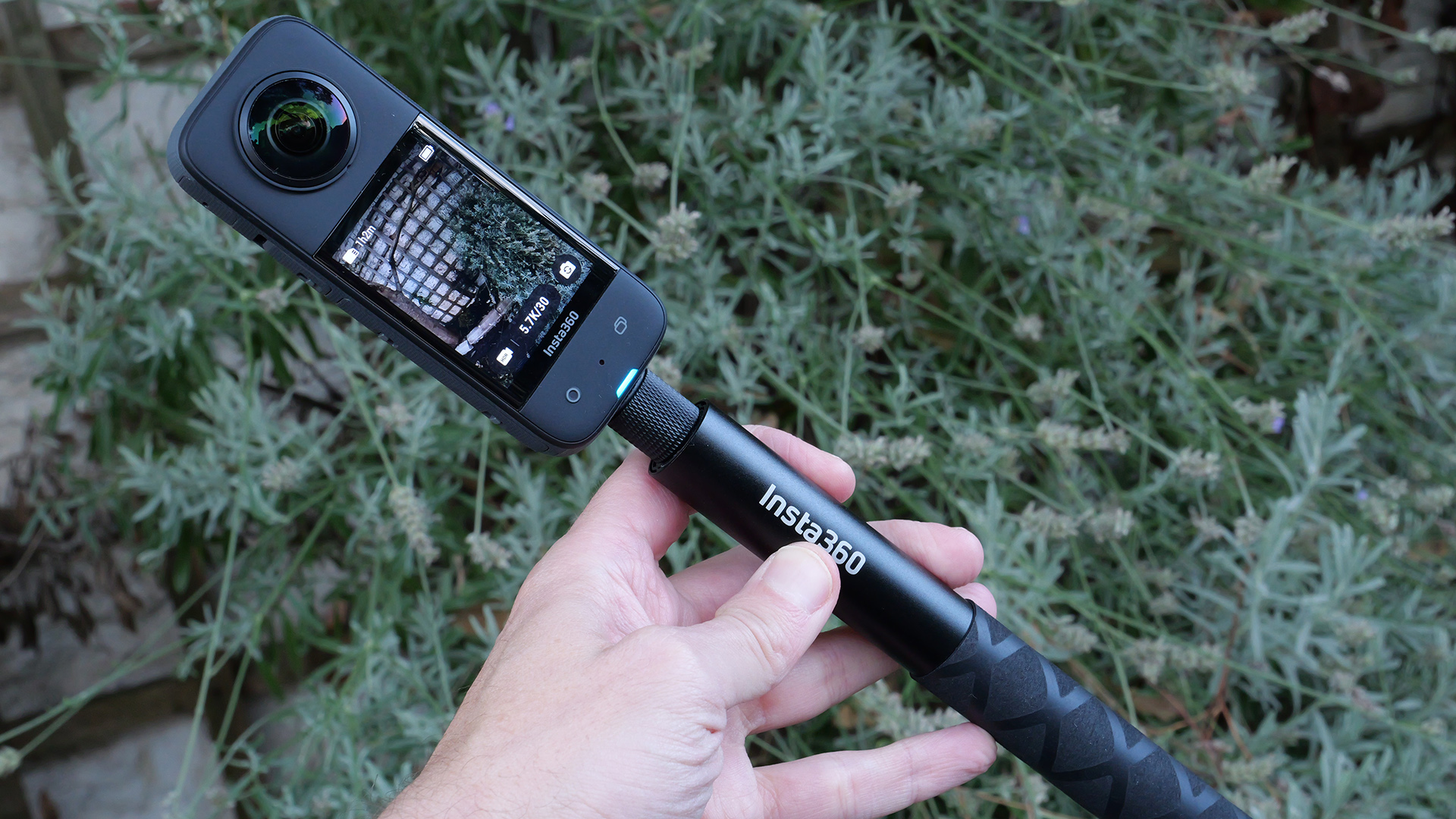
 Insta360 X3 review: An all-round winner of a 360° action camera
Insta360 X3 review: An all-round winner of a 360° action cameraThe best small 360° action cam on the market
By Sam Kieldsen Published
-
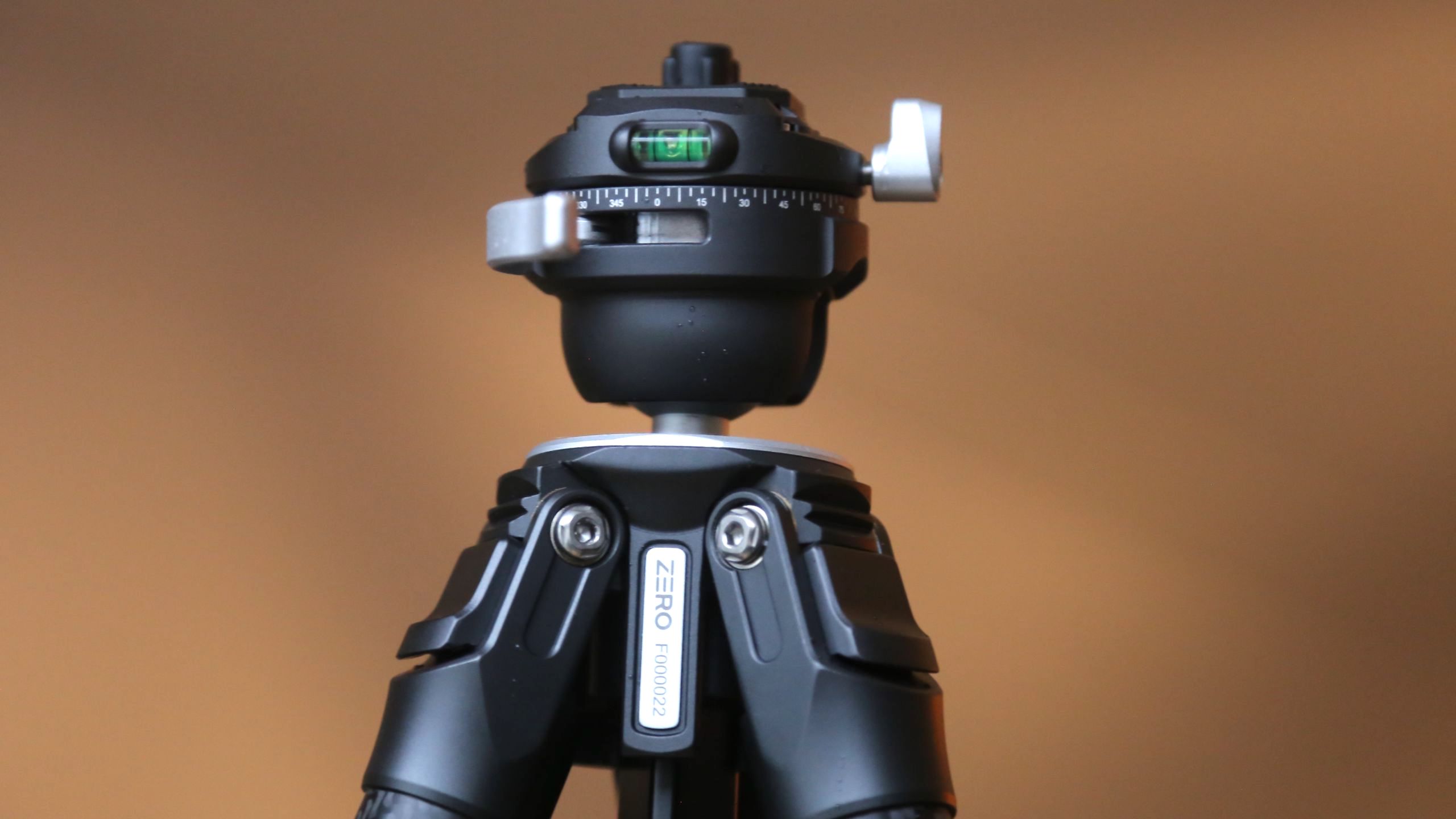 Ulanzi F38 Quick Release Travel Tripod: the travel photographers friend
Ulanzi F38 Quick Release Travel Tripod: the travel photographers friendSuperlight and feature-packed, the Ulanzi F38 Quick Release Travel Tripod is perfect for mirrorless cameras
By Jamie Carter Published
-
 GoPro’s Million Dollar Challenge is open
GoPro’s Million Dollar Challenge is openGoPro are giving away $1,000,000 for fantastic footage captured on a HERO11 Black or HERO11 Black Mini
By Pat Kinsella Published
-
 Audacious Autel just supersized their drone range
Audacious Autel just supersized their drone rangeAt CES 2023, Autel Robotics launched the new EVO Max 4T Drone, a mesh system for controlling multiple drones from one device and two powerful nest systems
By Pat Kinsella Published
-
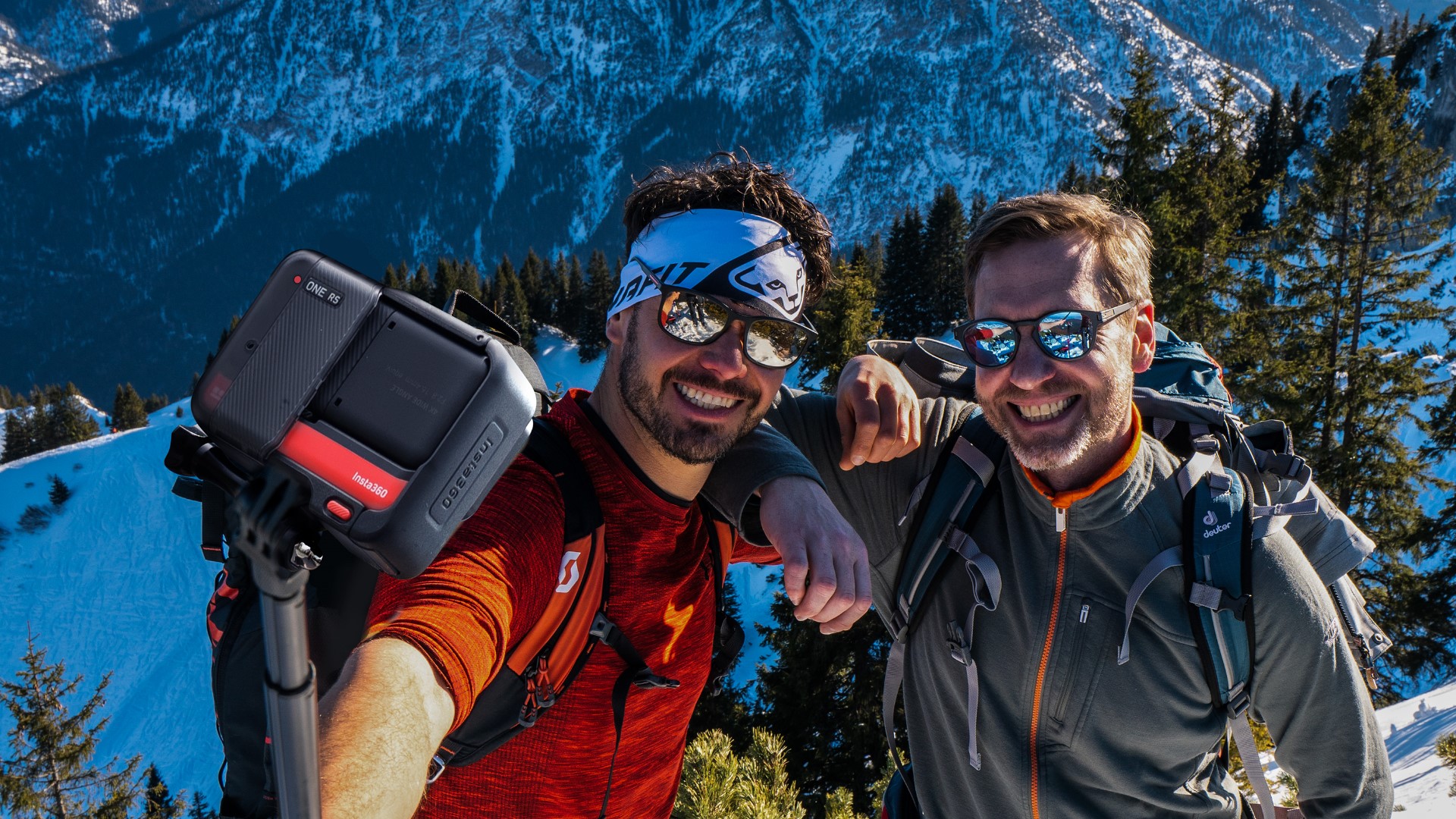 Hot Insta360 Action Camera Deals for January
Hot Insta360 Action Camera Deals for JanuaryNew Year, new adventures…new camera? Select Insta360 action cams are on special offer this week - check them out
By Pat Kinsella Published